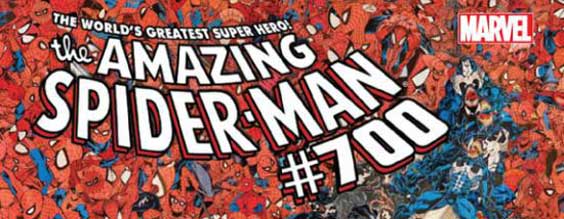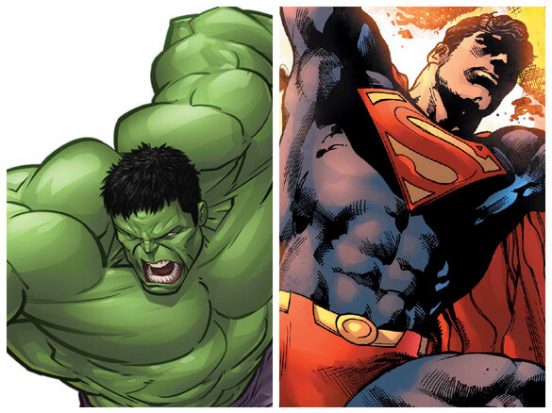Related Resources
We’ve already examined the scientific validity (or lack thereof) of Superman and Wolverine. In honor of yesterday’s publication of Amazing Spider-Man Issue # 700, we’re putting Spidey under the microscope.
Untangling Science v. Fantasy
Rather than recreating the wheel, we found a pretty awesome video that does a pretty good job at explaining what we set out to explore in this blog post. Science nerds and comic fans alike will appreciate the high-level examination conducted with the help of a dry-erase board and some handy illustrations:
Too Long, Didn’t Watch?
Well you redefine lazy, dontcha? Here’s a breakdown of the most salient points about our dearly beloved Peter Parker’s alter-ego.
Genetically-Altered DNA
Here’s where the science of Spider-Man ties in that of Biowars. Both stories involve the invasion of a host: Peter Parker, and Alex Hawkings.
- For the spider that bit Parker to alter his DNA, it would have had to release a retrovirus into his system.
- Retroviruses contain genetic information that gets inserted into the DNA of cells.
- The spider’s retrovirus would have to invade nearly every cell in Parker’s body – possible, but unlikely. As for the infected host in Biowars, Alex, we’ll have to wait and see how his body reacts to the invasion.
Strength of Silk
Get this: silk is proportionally stronger (i.e. “tensile strength”) than steel!
- Spiderwebs 1/10 of a hair’s width can catch insects flying up to 15 miles per hour.
- If a web were an inch thick in diameter, it could stop a fighter jet.
Climbing and Super Grip
Players of Spiderman2 can attest to Spidey’s unbelievable slinging agility.
- Spiders can lift up to 50x their body weight.
- Tiny hairs on spider legs create electro-static forces that allow them to stick to surfaces with strength up to 170x their own weight.
- To scale for size and mass, extra proteins (actin and myosin) would be required for Spidey’s increased muscle strengthening and contracting.
Spidey-Sense
- Spider hairs, or setae, are extremely receptive to air pressure changes and vibrations
- It’s not likely that the intentions of far-away evildoers would be detected.
How About Doctor Octopus?
This real-life regenerative medicine researcher is conducting similar – yet safer – experiments. Aside from that, we’re pumped for the new “meta” series: “The Superior Spider-Man” – Issue No. 1! Know what other issues are coming out soon? Biowars! Sign up for your free copy today.








